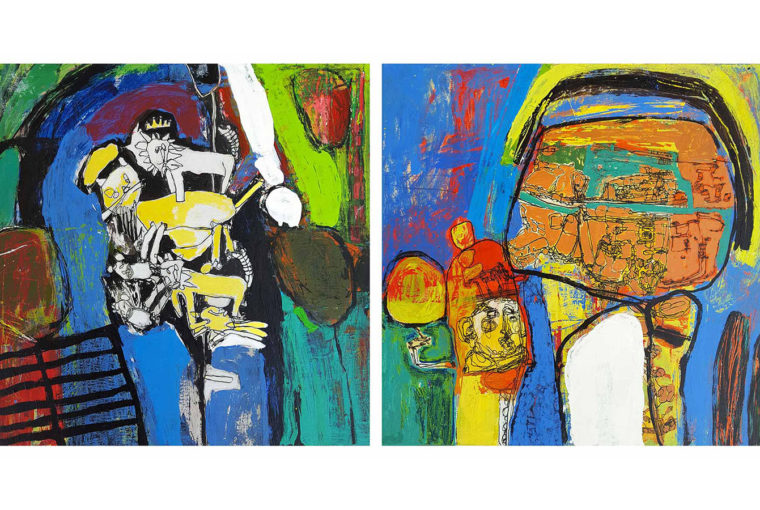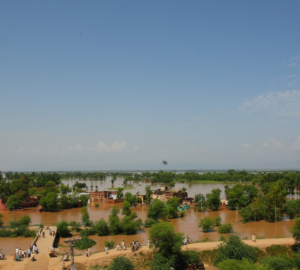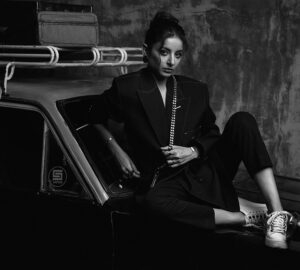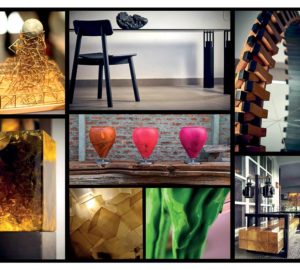Aniqa Imran, Assistant Curator at the National History Museum and General Manager of the Citizens Archive of Pakistan, reviews artist Rabeya Jalil’s solo exhibition titled ‘Something Else’ held recently at the Koel Gallery in Karachi, finding it to be multi-layered experience juxtaposing the spontaneous with the planned.
“Stories were primarily verbal to begin with.
Before there were cave paintings, stories were told over generations. We tell each other thousands of stories in the course of everyday life”
David Massengil
Artist Rabeya Jalil’s recent body of work at Koel Gallery is a spontaneous combination of mark making, a multi-layered colour palette and abstract representations all intertwined to create a narrative that leaves the viewer yearning for answers. Her work lingers on the precipice of humour and lightheartedness, tilting into darker undertones. Some may even sense a tone of savagery, an undercurrent of connotations; the artist is taking you on a visual journey into the subconscious of her eclectic mind.
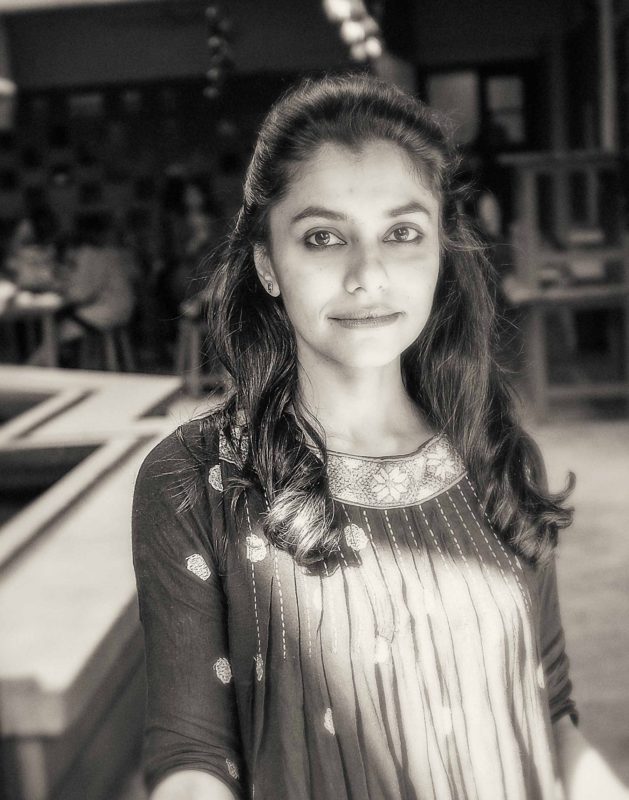
Her work stems from her years of studying art education. Working especially with young children, what Jalil found fascinating was their uninhibited mark making and disregard for control of proportions and perspectives – elements that are obvious in Jalil’s own work. Yet while a child may show complete and total obliviousness towards the academic fundamentals of art, Jalil incorporates the sensibilities of an artist who is aware of the fundamentals, has mastered them and then made a conscious decision to dismiss them. The mark is an extension of the artist’s mind, motivated by an impulsive, intuitive process between the artist herself and the medium of her choosing.
In her piece titled ‘How to Draw a..’ Jalil embarks on a narrative that the viewer may attach several meanings to. Her morphed figures, aggressive swatches of paint, the chained animal all indicate that there is more to the imagery than meets the eye. Her work is laden with socio-political undertones. One can make an immediate connection to the animal cruelty that has been a rising concern especially on social media or perhaps the artist making a statement about confinement – a term that can depict both a tangible and intangible state of being. The work beckons you to explore, notice each mark, each dot, and observe it evolve along with your own perceptions of the piece.
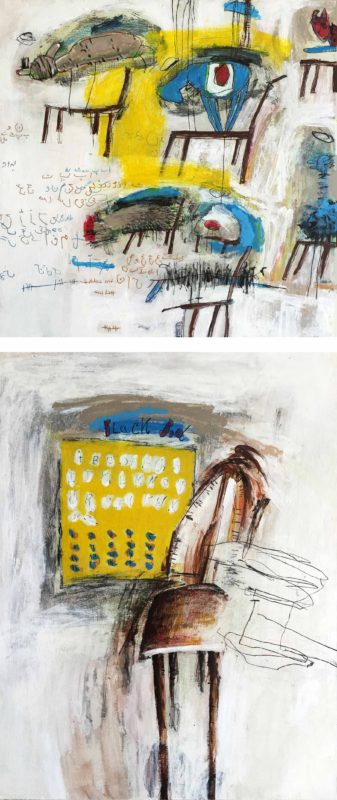
‘Parhay Likhey II’ is a tryptech depicting a classroom, cattle placed on top of tables and chairs, an amalgamation of scribbled Urdu text and a figure standing in front a board. Jalil comments on the precarious state of education where children are herded into classrooms taught in a rote-learning fashion and sent out into the real world lacking integral skills that will allow them to think both critically and creatively. She emphasizes through her work the need for art students, especially those engaged in the higher levels of academia, to evaluate and question the rigid teachings of art schools and institutes in order to understand and develop their own practices.
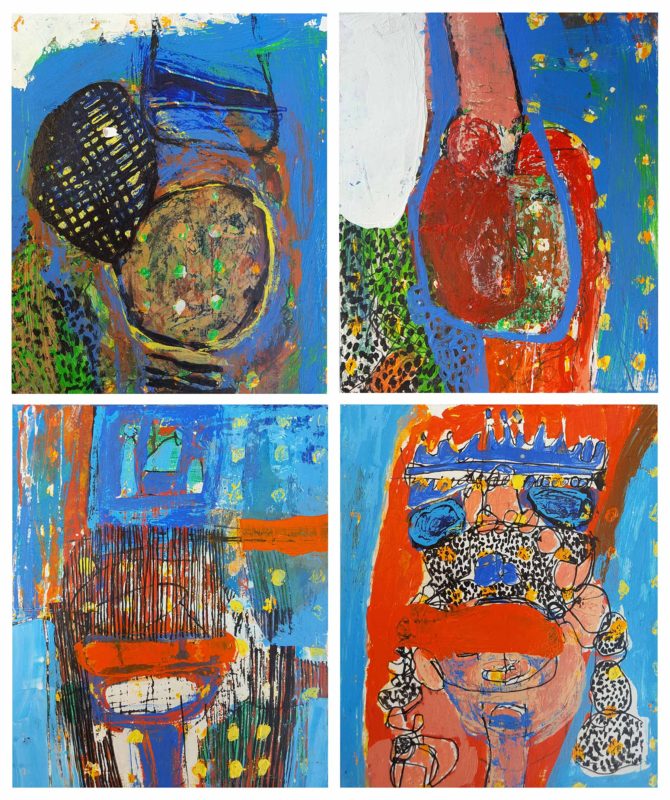
Jalil’s work titled ‘Self Portrait’ is a manifestation rich with expression as it explores colour energies, the material versus immaterial, as well as tensions between form and scraped textures. The piece shows different states of the human mind –happiness, uncertainty and anxieties all collude to highlight the many facets of existence.
‘Muslim Shower’, acrylic paint on board, creates multi-layered planes of shifting appearances. The imagery transforms into a study of the human form and its relationship with the objects around it. It is a commentary on human interactions, our biological need for control and structure; our dependency on the materials around us to help promote the idea of cultured and educated leanings.
Jalil’s screen prints offer a more structured and planned side to her work. Prints of notebook pages with taped edges give the impression of scanned recollections bound together. An assemblage of scribbled notes; undecipherable marks and multiple hues pay homage to Jalil’s academic persona, one that is at contrast with the artist who creates with pure abandon.
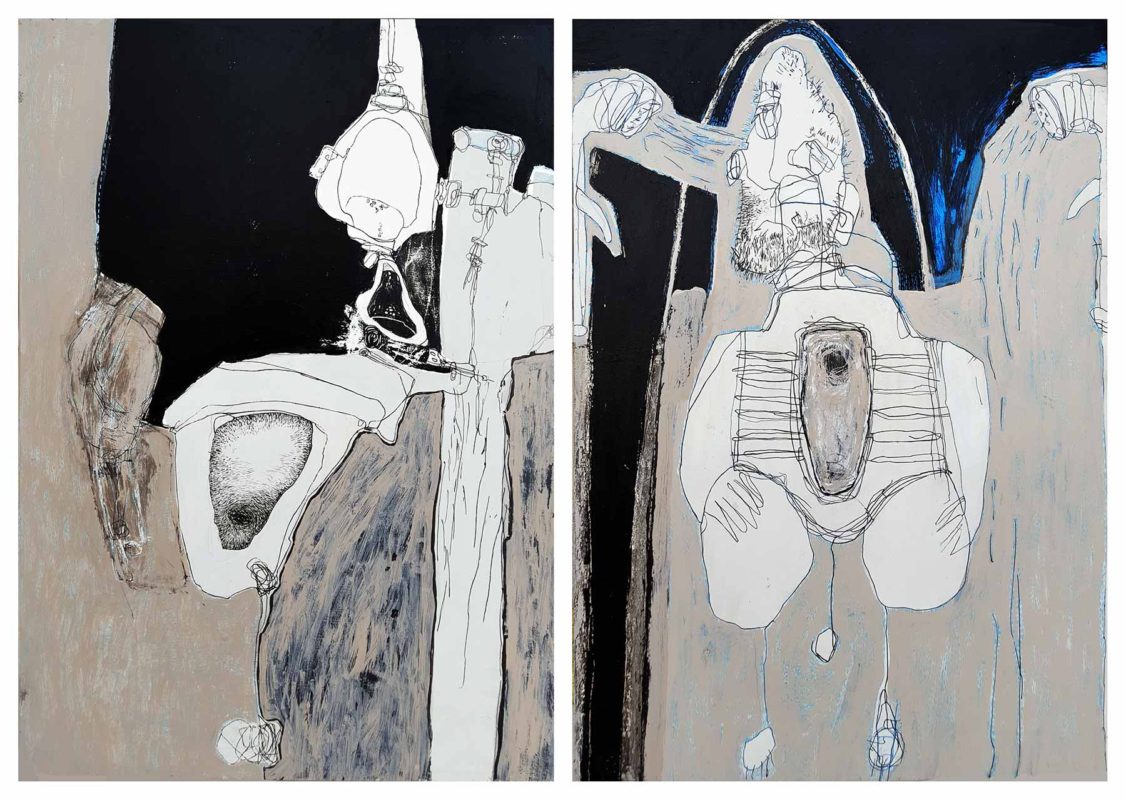
Jalil’s strokes are instinctual, self aware and yet complex. The artist allows each piece to mature as she adds and subtracts from it for many weeks on end, sometimes the entire process of finishing a certain artwork may even take her months. She focuses on using minimal lines to touch upon on three major areas that are cumulative of her body of work – the abstract, the representational and the literal. Each area collaborates and flirts with her choice of subject; the artist puts to use her imagination, her introspections, daily interactions and personal opinions to produce a visually stimulating and thought-provoking show.


